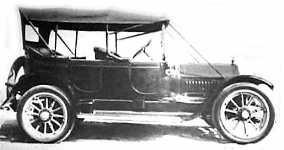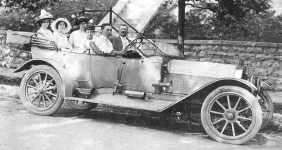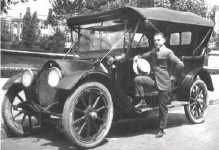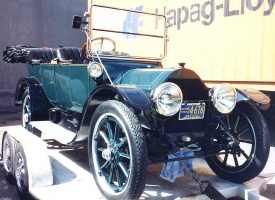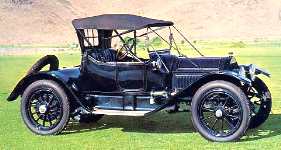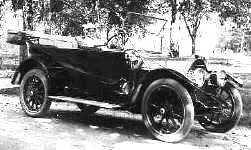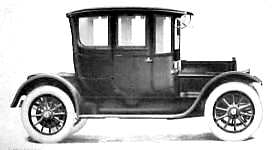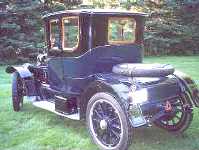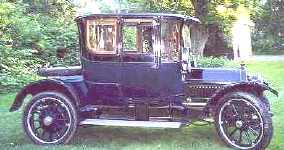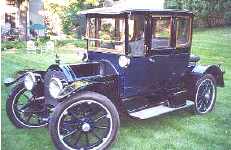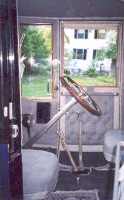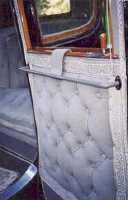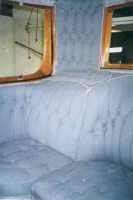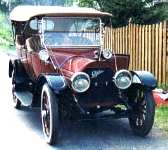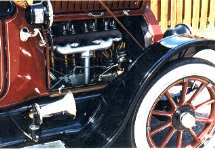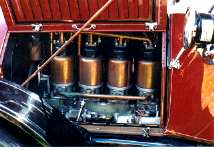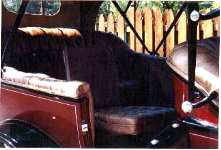|
Since the beginnings of the auto industry in America, Cadillac had become increasingly the criterion of excellence in practical automobile construction. Each year the public looked to the Cadillac for what represented real progress in the development of the motor car. They looked for features that marked real and substantial advancement, not mere sales gimmicks. In its first eleven years of existence, Cadillac never catered merely to public fancy not did the company ever take advantage of the uninformed; it built only cars it knew to be right, cars that would give buyers the largest possible measure of "value received".
By 1913, more than 50,000 Cadillacs had been built. The company's workmanship was famous the world over: famous for its accuracy, famous for its uniformity, famous for its standardization. The company was prepared to replace any part of any car it ever built. No user was ever obliged to discard his car owing to the unavailability of a replacement part.
Since the previous year the Delco Electrical Plant had become an integral part of all Cadillac cars. Refinements since the introduction of the so-called self-starter had brought it, in one short year, as near to 100% efficiency as any device could be.
This year was characterized again by artistic body designs. Bodies were first molded in wax [clay came much later], from which a plaster cast was made. From the latter, dies were built for stamping out the different body parts from sheet steel. These panels were built over a sturdy wooden frame. Open bodies were made of steel; aluminum was used for the closed types (coupe and limousine).
The standard 1913 colors were blue for all open cars, with fine light striping. The torpedo was steel gray with black moldings, hood and fenders. The enclosed limousine and coupe had blue lower panels and doors; uppers and moldings were painted black. The upholstery of all the models was made of the finest, hand-buffed black leather. Finally, all trim was nickel-plated.
Additional information on the 1913 models and the related sales literature may be found in The (New) Cadillac Database© sections entitled "Descriptions and Specifications of Cadillac Cars 1905-1912" and "Cadillac and La Salle Sales Literature 1910-1914". Further recommended reading:
"Standard Catalog of Cadillac, 1903-2000" edited by James T. Lenzke, © 2000, published by Krause Publications, Inc., 700 E. State Street, Iola, WI 54990 [ISBN #0-87341-925-1, Library of Congress #91-61301].
Space-permitting, some photos of surviving cars may be added here, later.
The 1913 body offerings all are illustrated below. Illustrations are from a fine reproduction copy of the 1913 product catalog published in the seventies by Floyd Clymer in 1973:
